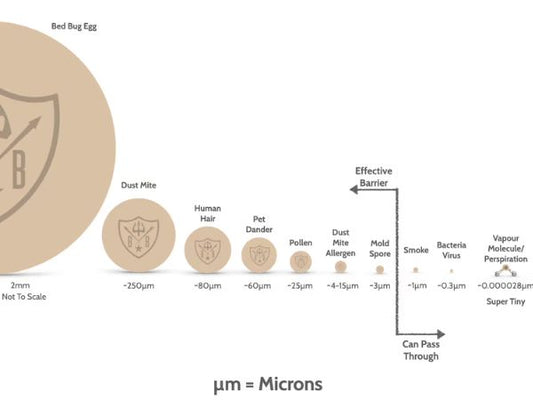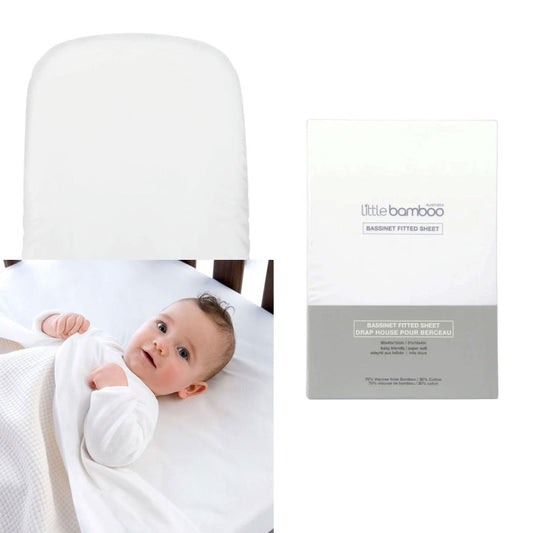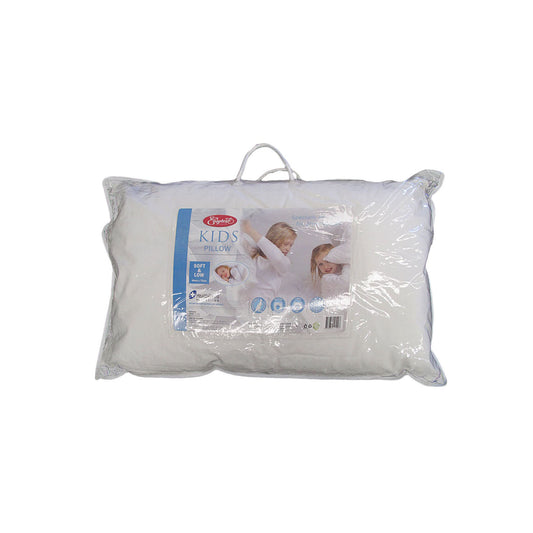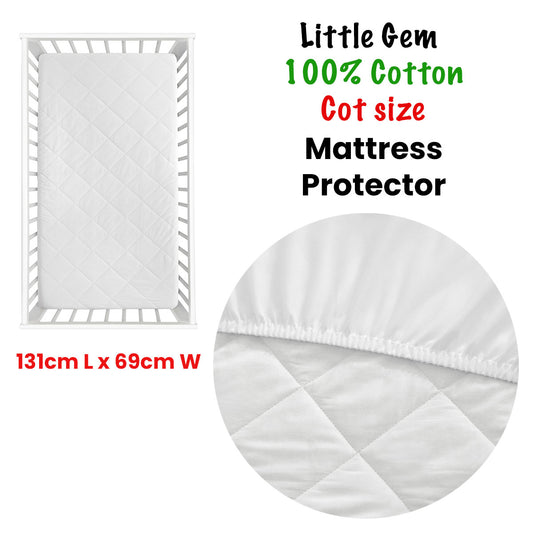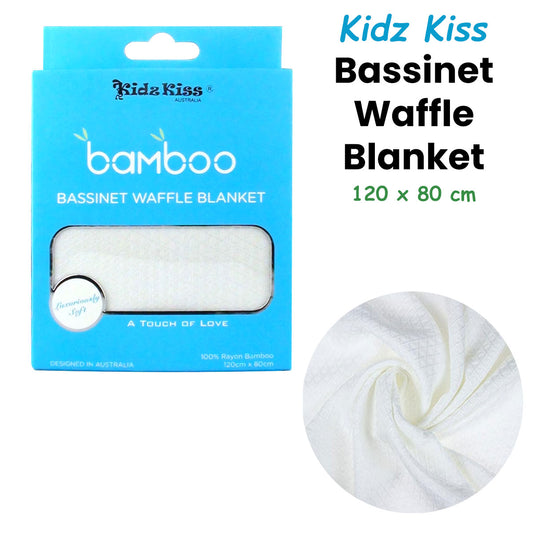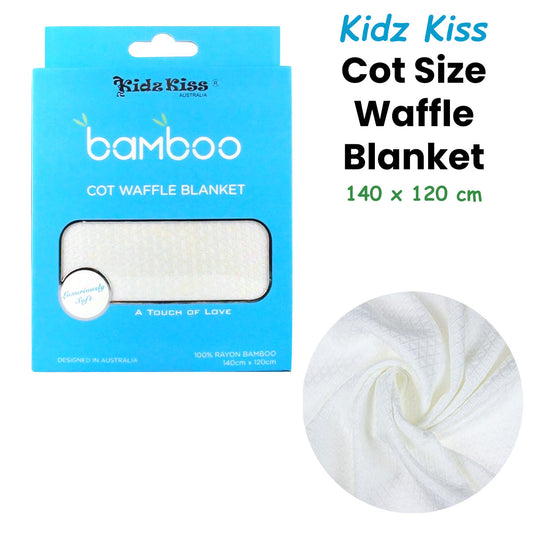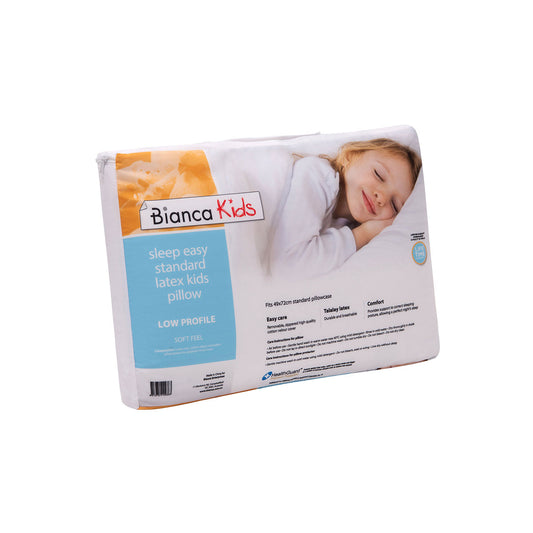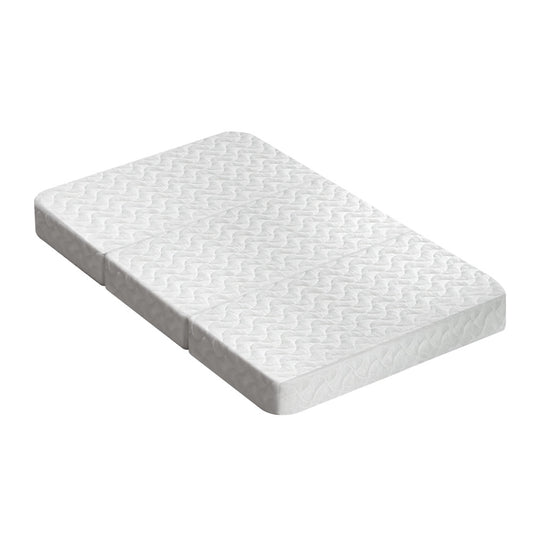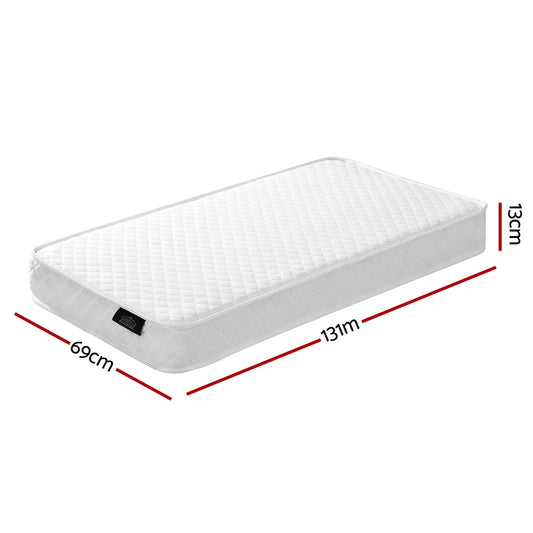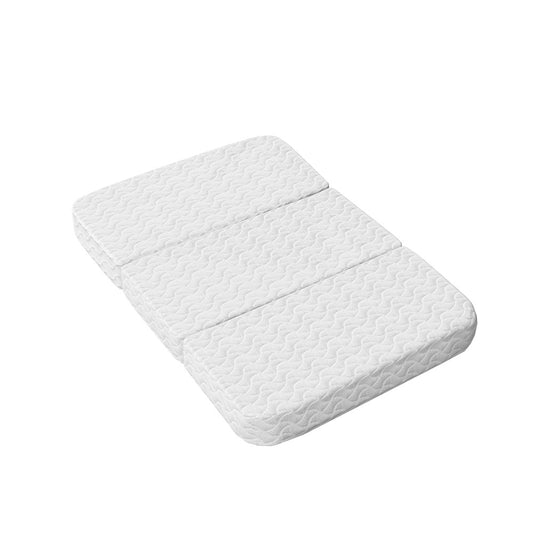-
100% Cotton Cot Mattress Protector
Regular price $71.50Regular priceUnit price per -
Waterproof Allergy Cot Mattress Protector
Regular price From $39.00Regular priceUnit price per -
Little Bamboo Fitted Sheet for Bassinet/Pram I 72x35x10 cm
Regular price $37.00Regular priceUnit price per -
Cot Sheet Cotton Eucalyptus I Sand I Fitted
Regular price $67.00Regular priceUnit price per -
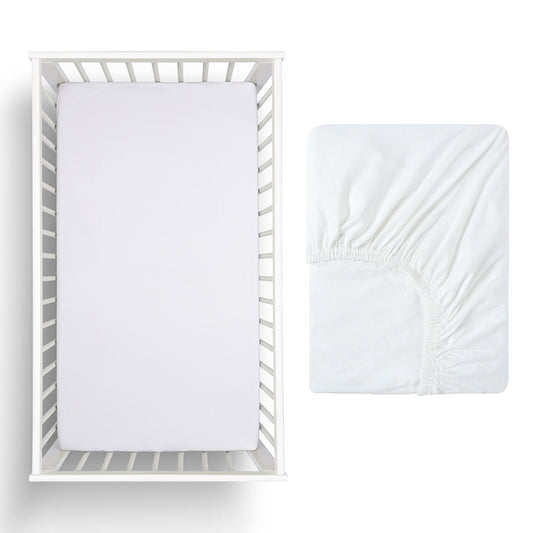 Sold out
Sold outCot Sheet Cotton Eucalyptus I White
Regular price $67.00Regular priceUnit price per -
100% Hemp Cot Fitted Sheet - Natural Colour
Regular price $54.00Regular priceUnit price per -
100% Hemp Cot Fitted Sheet - Olive Colour
Regular price $54.00Regular priceUnit price per -
100% Hemp Cot Fitted Sheet - Pale Mauve
Regular price $54.00Regular priceUnit price per -
100 % Hemp Cot Fitted Sheet - Twin Pack - Grisaille Colour
Regular price $87.00Regular priceUnit price per -
Kids Pillow Healthguard® Treated - Soft and Low - Easyrest
Regular price $39.00Regular priceUnit price per -
Little Gem 100% Cotton Cot Mattress Protector
Regular price $58.00Regular priceUnit price per -
Little Bamboo Jersey Fitted Sheet Cot 135 x 77 x 19cm
Regular price $40.00Regular priceUnit price per -
Bamboo Bassinet Blanket 120x80cm
Regular price $46.00Regular priceUnit price per -
Bamboo Cot Blanket 140x120cm
Regular price $49.00Regular priceUnit price per -
Latex Kids Pillow I Low Profile I 60 x 40 x 14 cm
Regular price $148.00Regular priceUnit price per -
Travel Foldable Baby Cot Mattress | 96.5x67x8cm | Bamboo Cover
Regular price $130.00Regular priceUnit price per -
Cot Mattress 13x69x13 cm | Hypoallergenic | Free Shipping
Regular price $150.00Regular priceUnit price per -
Foldable Baby Cot Mattress | Cool Gel Memory Foam | Bamboo Cover | Portable Tri-Fold
Regular price $139.00Regular priceUnit price per




